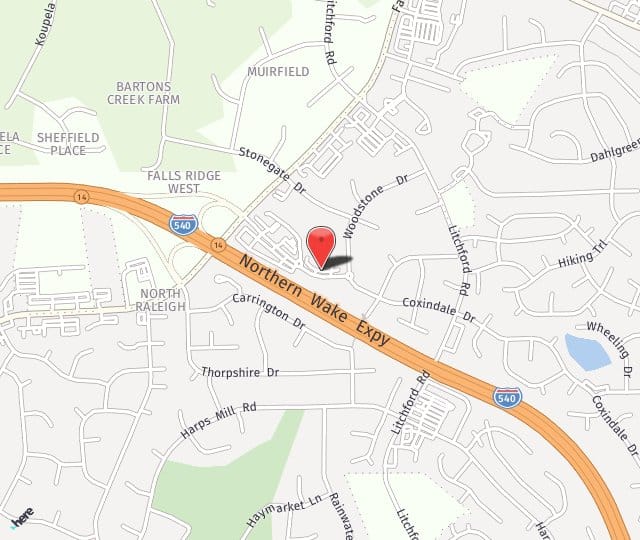Venous insufficiency is a chronic condition that involves a backwards flow of blood though the veins in the leg as a result of damaged valves. This back flow is called venous reflux. When blood cannot flow efficiently back to the heart, it begins to pool in the leg. Left untreated, venous insufficiency can lead to progressive vascular disease, causing pain, swelling, skin changes and eventual tissue breakdown. Chronic venous insufficiency is a long-term condition. It occurs because a vein is partly blocked, or blood is leaking around the valves.
Causes of Venous Insufficiency
Venous insufficiency can develop as a result of several long-term causes, including a higher blood pressure in the legs, deep vein thrombosis or DVT, and phlebitis. DVT and phlebitis cause blood clots in the legs to form and increase the pressure in the legs as a result.
Although venous insufficiency can affect anyone, there are certain factors that may increase an individual's risk of venous insufficiency. Women and patients over the age of 50 have a greater likelihood of developing venous insufficiency. Other risk factors for this condition may include:
- Family history of vascular disease
- Obesity
- Pregnancy
- Inactive lifestyle
- Smoking
- Work which necessitates sitting or standing for long periods
- Elevated cholesterol levels
- High blood pressure
Symptoms of Venous Insufficiency
While many patients with venous insufficiency may be asymptomatic, many may have one or more of the following symptoms:
- Dull aching, heaviness, or cramping in the legs
- Pain made worse by standing
- Pain that abates when legs are elevated
- Itching, numbness or tingling in the area
- Swelling of the legs or feet
- Varicose veins
- Discoloration or hardening of the skin on the legs
- Ulcers on the legs or ankles
Treatment of Venous Insufficiency
While venous insufficiency is not normally a serious condition, it should be treated promptly and thoroughly in order to prevent any complications or permanent damage. Medical advice is necessary to determine which treatment is appropriate for a particular patient. Treatment options depend on the severity of the vascular problem and the patient's overall medical condition. Most treatments are outpatient and minimally invasive.
The first treatment considered for mild venous insufficiency consists of healthy lifestyle changes. Eating a healthy diet, getting enough exercise and giving up smoking may be sufficient to make symptoms disappear. The physician may also recommend that the patient wear compression stockings to reduce pressure on the affected veins and to prevent excess blood from pooling or flowing backward.
More serious cases of venous insufficiency may require treatment which include sclerotherapy, endovenous laser ablation (EVLA), surgical stripping and microphlebectomy.
